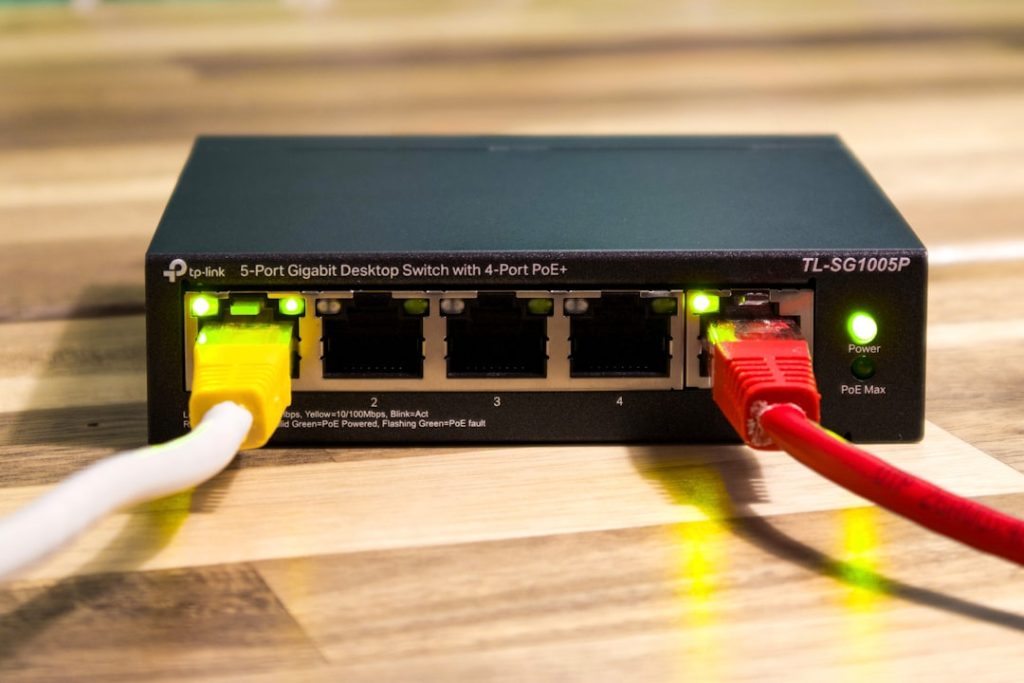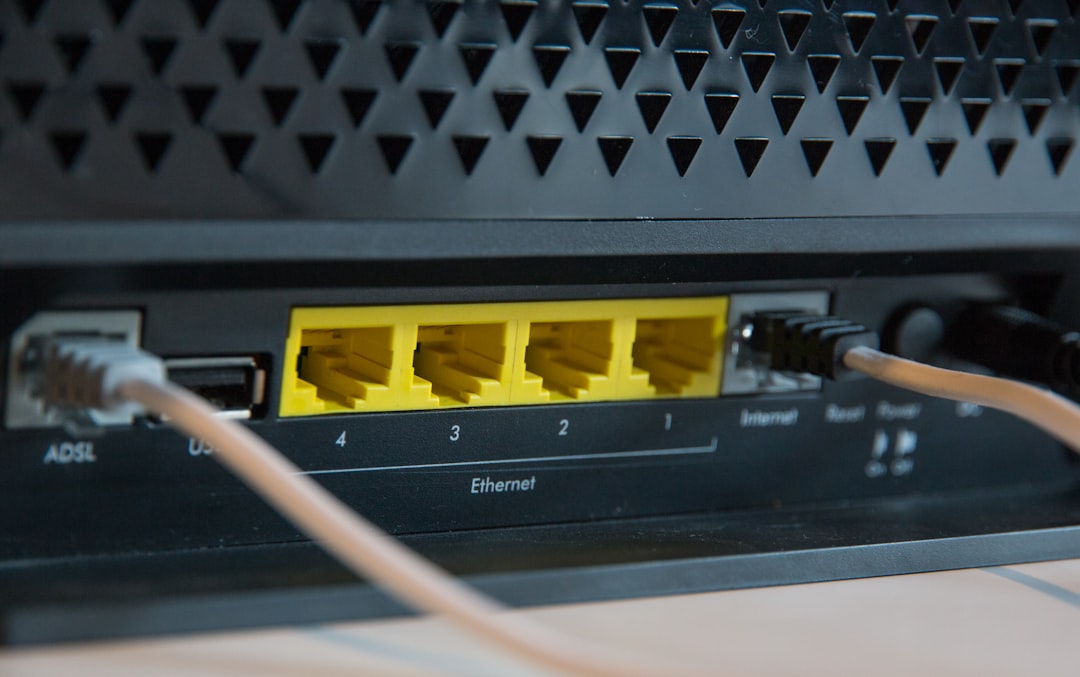Why VRChat Won’t Authenticate Realtime Servers & Solutions

In recent years, VRChat has grown from a niche virtual reality title into a bustling social hub for gamers, creators, and community members around the world. With the ability to customize avatars, build worlds, and interact in unique ways, VRChat offers an impressive level of immersion and engagement. However, some users have encountered a persistent and frustrating issue: authentication failures with Realtime servers, which can block the ability to host or connect to worlds correctly. This article dives into why VRChat won’t authenticate RealTime servers and explores possible solutions to get things running smoothly again.
TL;DR
If VRChat won’t authenticate Realtime servers, it’s usually due to network configuration issues, outdated or incompatible software, or problems with VRChat’s own backend services. Common culprits include restrictive firewalls, VPN interference, mismatched Unity SDK versions, or invalid authentication tokens. Fortunately, there are several steps users can take to troubleshoot and resolve the issue depending on the root cause.
Understanding the RealTime Server Authentication Process
VRChat operates on a multiplayer structure that relies heavily on cloud-based architecture, specifically Realtime servers that facilitate communication between users during sessions. When you launch a world or join a session, VRChat attempts to authenticate your client against these servers to verify your identity and permissions. If this authentication fails, you will likely see errors such as “Failed to Authenticate to Realtime Servers”, preventing you from entering the virtual space.
There are a few key components involved in the authentication process:
- VRChat API Server – Handles account and session management.
- Authentication Token – Links your VRChat credentials with the app session.
- Realtime Cloud Server – Manages the actual multiplayer interaction.
The authentication process must succeed across all of these layers. A failure at any point can cascade into the error seen by users.
Common Reasons for Realtime Server Authentication Failure
Below are the most common causes of authentication errors and what they mean:
1. Network Restrictions and Firewalls
Corporate networks, school Wi-Fi, or even some home routers may block the ports required for successful authentication.
- Port 5055 (UDP) is especially important for Photon Realtime servers, which VRChat uses.
- Strict NAT types can block incoming/outgoing traffic needed to establish server connections.
- Firewalls and antivirus applications may flag VRChat or block unknown servers.
2. VPN or Proxy Interference
Using VPN services or proxies can sometimes cause issues with how VRChat routes traffic to Realtime servers. These services can result in:
- Geo-location mismatch issues, where the closest Realtime server is not used optimally.
- Blocked cloud hosting IP ranges used by VRChat services.
- Slower or unreliable connections that affect token validation.
3. Expired or Invalid Authentication Tokens
If your login token has expired, or there’s been an issue during session generation, VRChat may not be able to provide the correct credentials to the Realtime servers.
- This can occur after long periods of inactivity or app crashes.
- Invalid tokens typically require a relogin to resolve.
4. Unity SDK or World Build Configuration Issues (For Creators)
For world or avatar creators, problems with the Unity SDK setup can result in unverified builds. Improper configurations can block server authentication when attempting to upload or test a world.
- Mismatched Unity version vs. SDK requirements.
- Incorrect use of VRC components in the scene.
- Aborted uploads causing server lockouts until cleared.

5. VRChat Backend Server Downtime
On rare occasions, the problem has nothing to do with your side. VRChat backend services may be under maintenance or facing temporary outages, particularly during updates or high demand periods like weekends.
- Check VRChat’s status page for live outages or disruptions.
- Follow VRChat on Twitter for real-time support announcements.
How to Fix Realtime Authentication Issues in VRChat
Once you understand what might be causing the issue, you can take focused action. Here’s a list of solutions that have worked for many users around the VRChat community:
1. Restart and Relog
Start with the basics:
- Close VRChat completely (not just returning to the menu).
- Log out and log back in to refresh authentication tokens.
- Restart your PC and router to reset any session inconsistencies.
2. Disable VPNs and Proxies
Temporarily disable your VPN or proxy server and test if VRChat connects successfully. If it works, consider disabling these services while using VRChat.
3. Open or Forward Required Ports
If you’re savvy with network settings, open or forward the following ports in your router:
- UDP 5055, 5056, 5058 (Photon Realtime)
- TCP 80 and 443 (HTTP/HTTPS used by VRChat API)
Also, make sure Windows Defender or third-party antivirus isn’t blocking VRChat as an unrecognized application.
4. Unity & SDK Matching (For Creators)
If you’re receiving authentication issues while uploading worlds, ensure you’re using:
- The specified Unity version required by the latest VRChat SDK (often listed on the VRChat documentation site).
- The latest version of the VRChat Creator Companion tool.
- All necessary VRC components are correctly configured in your scene.

5. Check for Server Status and Updates
Always verify if VRChat is experiencing issues before spending too much time troubleshooting:
- Visit status.vrchat.com
- Look for spikes in reports on community boards like Reddit or Discord to see if the problem is widespread.
Advanced Troubleshooting Steps
If none of the basic solutions work, consider these more advanced approaches:
Clear VRChat Temp and Cache Files
Corrupted cache files can interfere with authentication. Clear them by doing the following:
- Navigate to
C:\Users\[YourUsername]\AppData\LocalLow\VRChat\. - Delete the VRChat folder (or back it up first if you want to retain logs/settings).
- Restart VRChat and log in fresh.
Use a Different Network
If you’re on school Wi-Fi or a corporate network, try tethering through your phone’s mobile hotspot to test a more open connection.
Reinstall VRChat
A full reinstall of the application may reset corrupted files or update broken dependencies without you realizing it.
When All Else Fails: Contact VRChat Support
If you’ve explored every possible fix and are still facing issues, it’s time to contact VRChat support. Provide detailed information including:
- Your system specs and operating system.
- Your location and ISP (some regional issues may apply).
- A detailed description of the issue with screenshots if possible.
You can submit a ticket via the VRChat Help Center.
Conclusion
Though authentication errors with VRChat’s Realtime servers can be highly disruptive, most are solvable with a little investigation. From simple fixes like relogging or restarting, to more advanced actions like port forwarding or reinstalling the app, there’s usually a pathway back to virtual adventures. Stay informed, follow good practices, and tap into the helpful community around you to stay connected and keep creating in the world of VRChat.
Whether you’re a casual user looking to join friends in a world, or a dedicated creator uploading new environments, staying aware of how authentication works gives you the upper hand when these issues arise.
